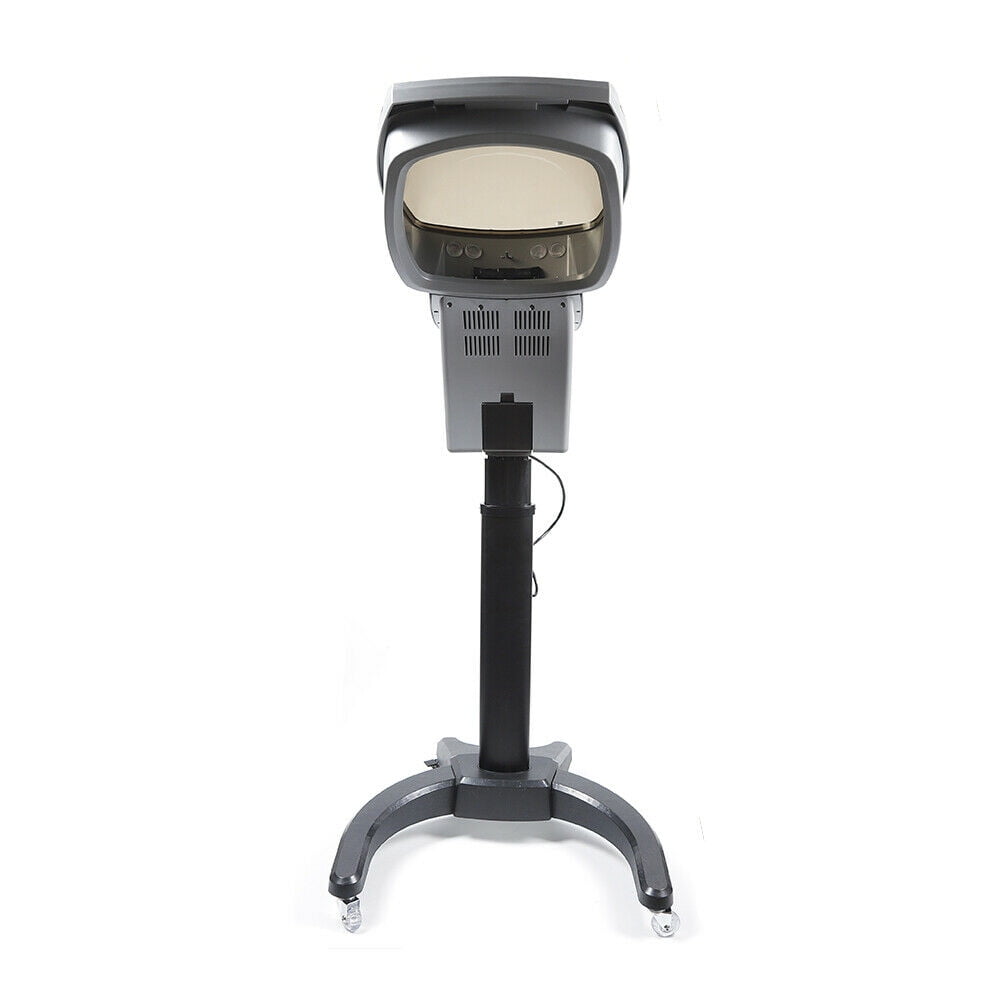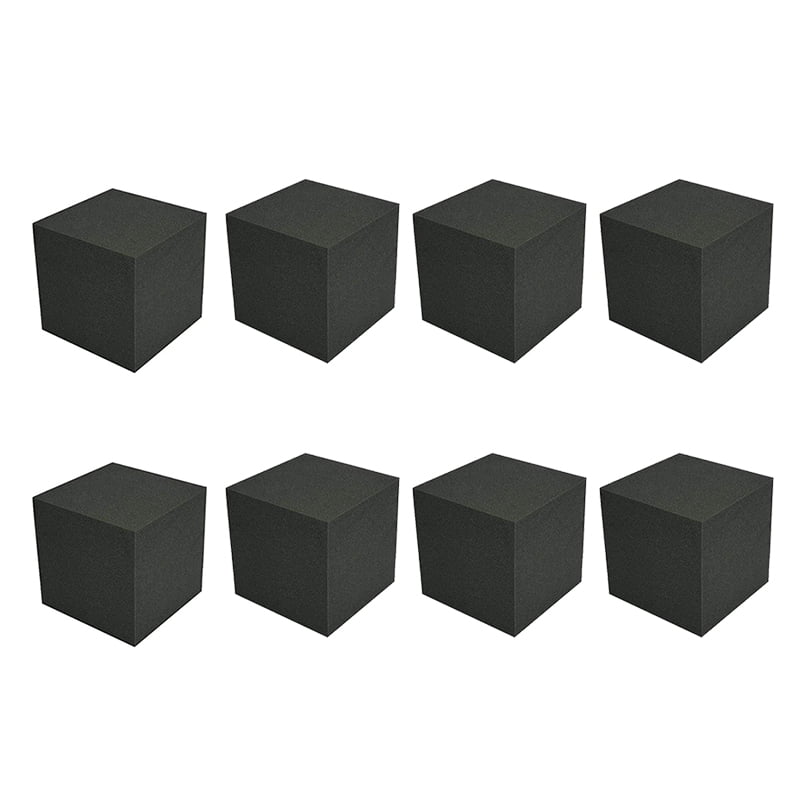
This method requires drywall compound, a roller, and a drywall trowel that has evenly spaced teeth (or uneven teeth if you are going for a less organized pattern).
#WALL TREATMENTS SERIES#
This technique is often used to produce a repeated series of rainbow patterns on the drywall and is one of the more simplistic texturing techniques. The comb texture is produced using techniques that create lines of various widths and shapes in drywall compound. Take a look below at seven popular wall texture types and the techniques behind them. Whether you choose a statement fabric for your walls, sand paint, lime washing, or a plaster treatment, your home should be a reflection of your aesthetic-a tasteful space that's a joy to live in.If you’re thinking that texturing is too difficult to do yourself, think again! While texturing should involve some degree of practice before deciding to texture a room in your house, the techniques used to make the following wall finishes are not as hard as you may think. Much like upholstered furniture, fabric walls can collect dust, so they require vacuuming from time to time. "Walking into a room that has fabric walls is like walking into a cocoon-there is nothing cozier." There is one important factor to contemplate, though. One of Ramsay's favorite textured wallpaper brands? "There are some incredible textured wallpapers being produced by Phillip Jeffries right now that are gorgeous!" she says. Common wall coverings are made of materials like linen, grasscloth, wool, and even silk. Many leading designers appreciate the way upholstered walls pull a room together and their ability to make a design scheme feel more welcoming. Seth Caplanīut don't fret if none of these wall treatments are up your alley, as wallpaper is another failsafe choice that can give your home a high-design feel. Upholstered walls add elegance to a master bedroom sitting area designed by Ariel Okin.
#WALL TREATMENTS PROFESSIONAL#
You'll need to trust a professional to handle the smoothing process with the use of troweled plaster or spackling paste. And if you ever change your mind and decide to revert to a smooth wall, know that the process is tedious and can take hours.

It can become quite messy rather quickly, so a drop cloth is essential for making clean-up a breeze. Since plaster is much different than working with paint, it's best to leave this option to a skilled professional. One popular technique is called skip trowel, where the trowel is "skipped" across plaster on the wall or moved in a fashion that results in random strokes on the surface. This treatment calls for using a trowel-a metal handheld tool-to add texture to plaster. Plaster treatments, on the other hand, are more labor intensive. However, keep in mind that lime wash formulas are typically earth tones, like brown, taupe, or gray, so it's not the best option for a homeowner who desires more of a statement look. As its name suggests, if you ever have a change of heart about the look, it can simply be washed off. Besides its decorative benefits, there's one other factor to consider when it comes to lime wash treatments. structures, it's fairly common in Greek residences and Italian properties. It's created from powdered limestone that has been altered with the use of heat and water. The environmentally-friendly option creates a chalky effect that gains visual appeal over time.

"Textured wall treatments abound, but you can't go wrong with a well-done lime wash, or a trowel plaster treatment," she says.Ī lime wash paint, which can be intimidating to many people, is surprisingly a low-maintenance formula that's available for both interiors and exteriors. "It's a way to deal with walls that are in bad condition, that already have imperfections," says Ramsay.īut beyond sand paint, there are other textured wall techniques that Ramsay believes can elevate a design scheme. It can even be used to repair cracks in a wall.

On the other hand, you can purchase a sand texture additive-with different particle sizes ranging from fine to coarse-that can be mixed with any paint. These special paints are already formulated with sand, enabling you to add a rough texture to the wall. One of the best approaches to add texture to a wall is with a sanded paint, available at many local home improvement and hardware retailers. The hallway of a Greek island home, designed by Andrew Sheinman, benefits from white textured walls.


 0 kommentar(er)
0 kommentar(er)
